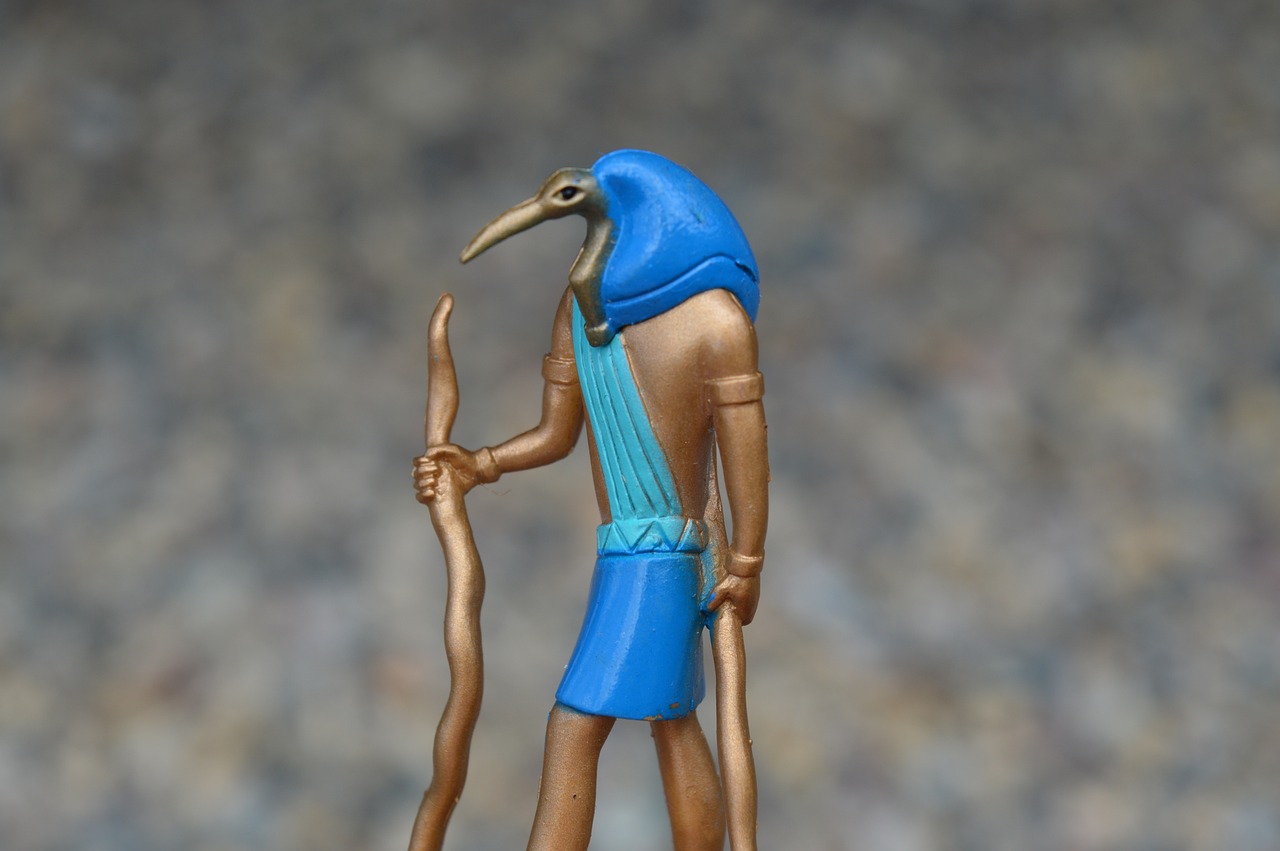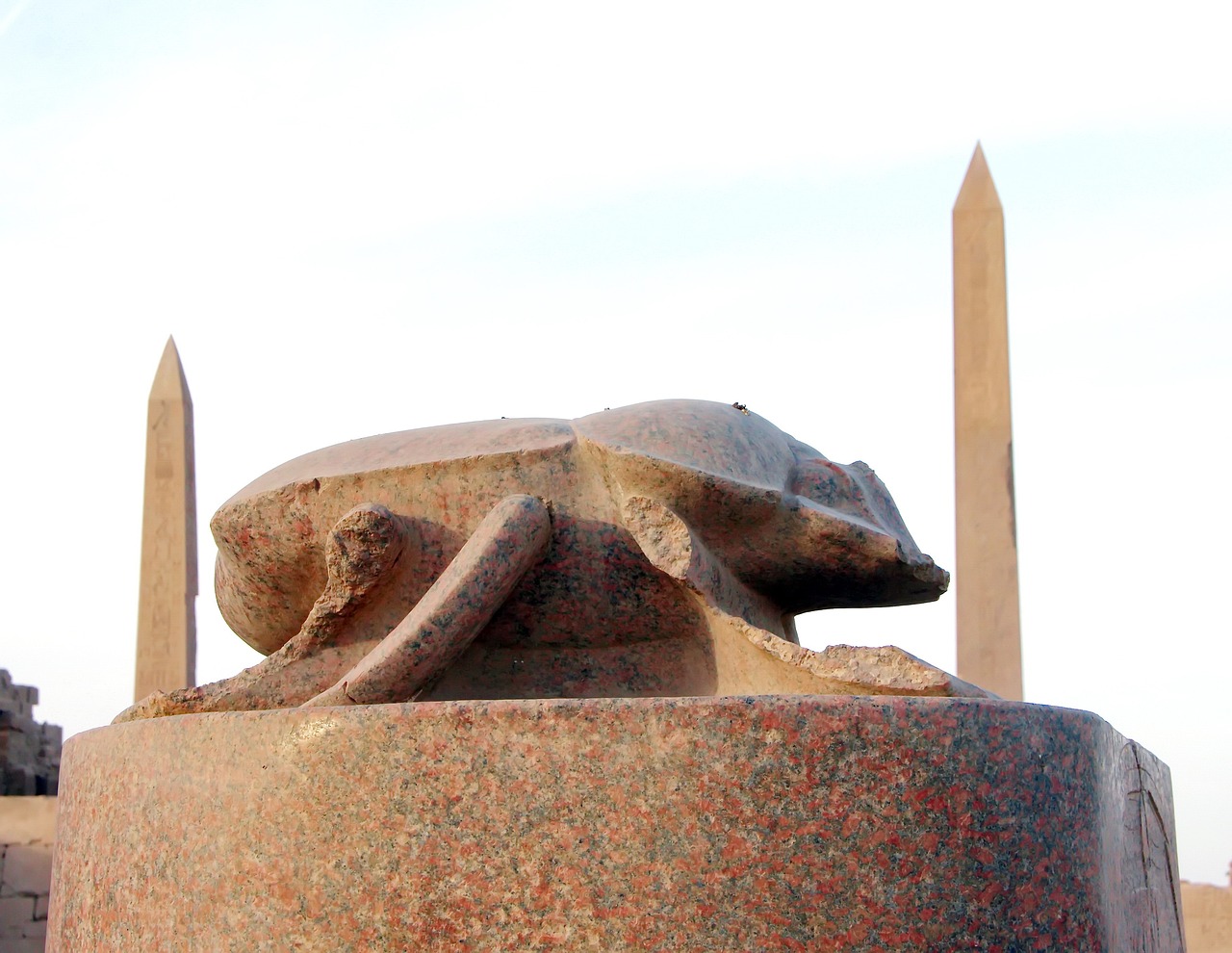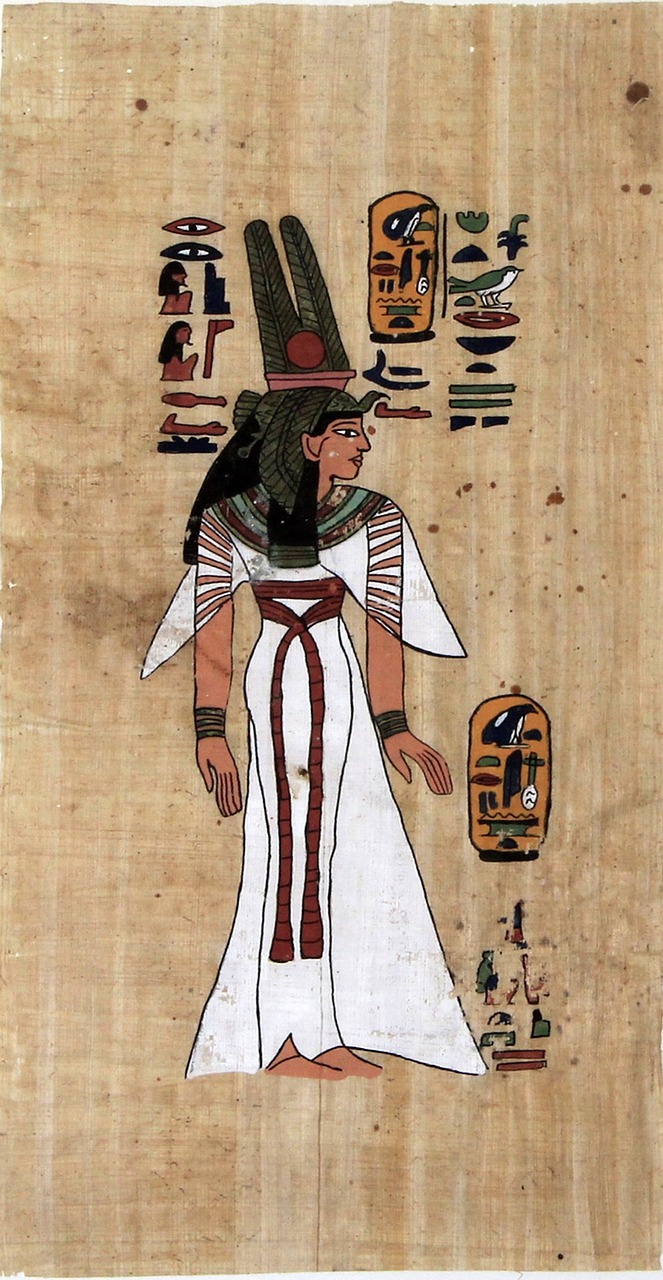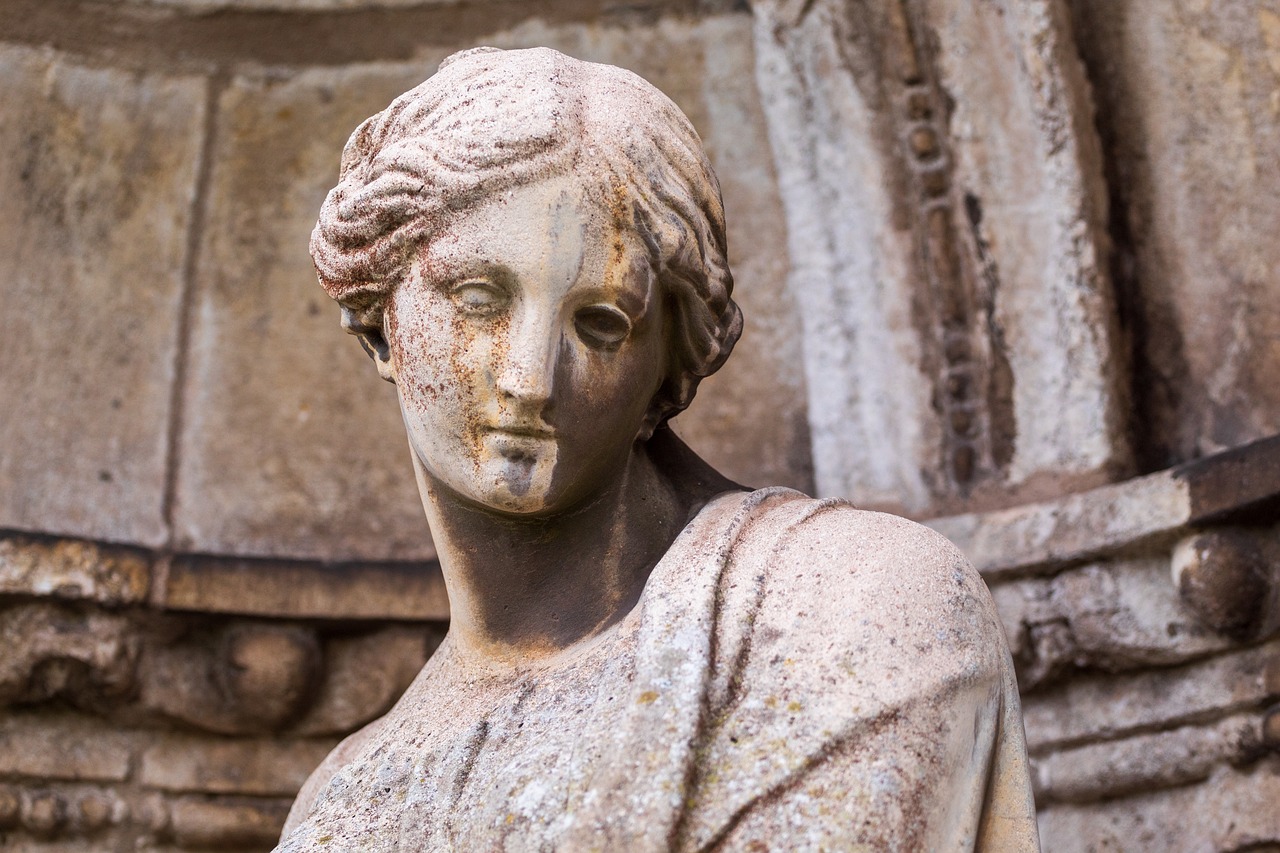Egyptian Mythology
-
To comprehend the essence of healing and refine our approach to the caring profession, we must explore various historical figures. Sir William Osler remarked on the importance of delving into history, noting that we “must come to the land of the Nile for the origin of many of man’s most distinctive and highly cherished beliefs.”…
-

Thoth: The Egyptian God of Wisdom and Writing Thoth stands as the revered Egyptian deity associated with writing, wisdom, and magic. His influence extended to maintaining order and justice, serving as an advisor and mediator among the divine beings. As the protector of scribes, he was often depicted alongside his female counterpart, Seshat, the Goddess…
-

Khepri, also known by names such as Kheper, Khepera, Chepri, and Khephir, is primarily linked to the scarab or dung beetle (Scarabaeus sacer), firmly establishing him as a prominent insect deity in ancient Egyptian mythology. The Egyptians observed the scarab beetles as they rolled dung into spherical shapes and transported it to their burrows. This…
-
Ammit, the Devourer of Hearts, stands out as one of the most striking and formidable deities in ancient Egyptian mythology. This fearsome figure is uniquely crafted with features derived from three lethal animals: the lion, the hippopotamus, and the crocodile. As a key player in the beliefs surrounding the afterlife in ancient Egypt, Ammit played…
-

Bastet: The Egyptian Goddess of Home and Protection Bastet is recognized as the Egyptian goddess associated with various aspects such as domesticity, women’s secrets, fertility, childbirth, and notably, cats. Her role was to shield the household from malevolent spirits and diseases, particularly those affecting women and children. In addition to her protective duties, Bastet was…
-
The God Montu and the Theban Palladium Montu was a significant solar deity from the Theban region, with a worship tradition extending until the close of ancient Egyptian civilization. In the Late Period, as various animal deities flourished, Montu’s veneration became particularly focused on the earthly manifestation represented by the Bukhis bull. Montu is primarily…
-

Understanding Ancient Egyptian Religion Ancient Egyptian religion encompasses the rich tapestry of indigenous beliefs that evolved from the pre-dynastic era (4th millennium BCE) until the decline of traditional practices in the early centuries CE. This religion is inextricably woven into the fabric of Egyptian society throughout its historical development, which can be traced back to…
-
Glencairn Museum’s Collection of Taweret and Its Significance in Ancient Egyptian Family Life The Glencairn Museum proudly showcases a diverse collection of over forty magical amulets dedicated to the hippopotamus goddess Taweret, a figure who held immense significance in the homes of ancient Egyptian families. Taweret, which translates to “The Great (Female) One,” played a…
-
Serket: Protector Goddess of Ancient Egypt Serket, also referred to as Serqet, Selkis, or Selket, is a deity from ancient Egyptian mythology known for her protective qualities and association with scorpions. Revered as a Mother Goddess, her worship spanned across Lower Egypt during the Predynastic Period, dating back to approximately 6000 to 3150 BCE, marking…
-

Exploring the Cobra Goddess Meretseger: Balance Through Divine Feminine Energy The exploration of the Divine Feminine through the veneration of Goddesses plays a crucial role in achieving balance within ourselves, manifesting harmony in the world around us. This equilibrium involves recognizing the masculine and feminine energies that everyone possesses, irrespective of physical gender or personal…


